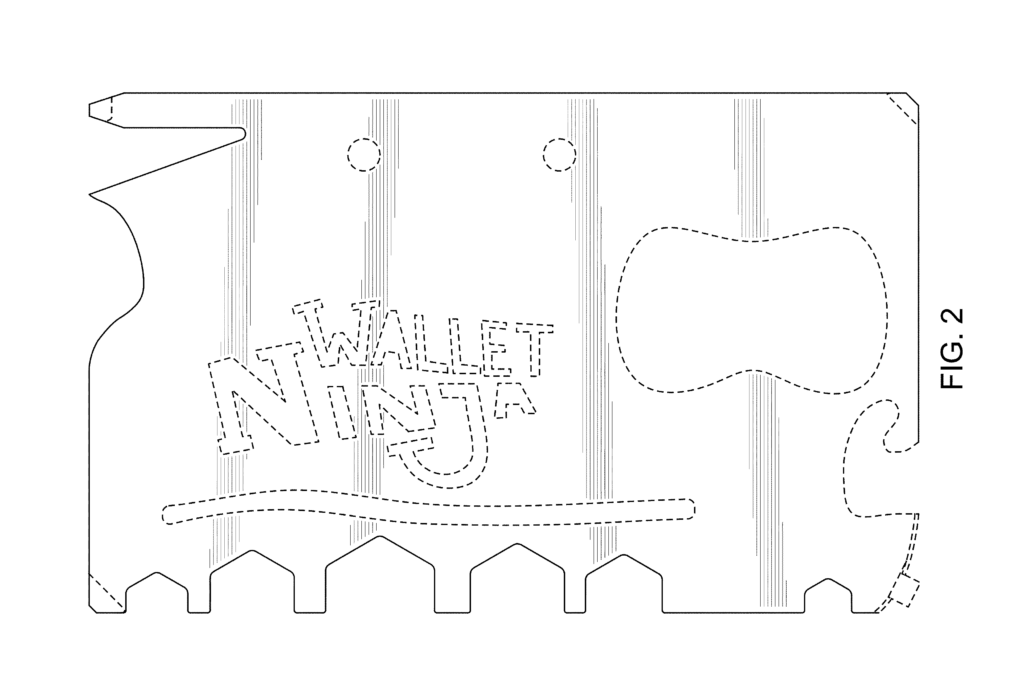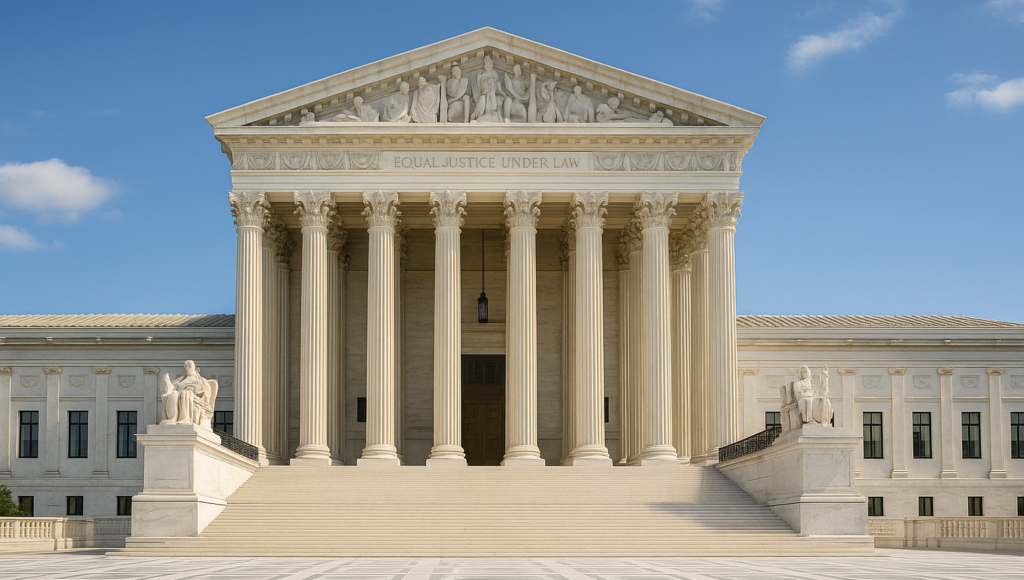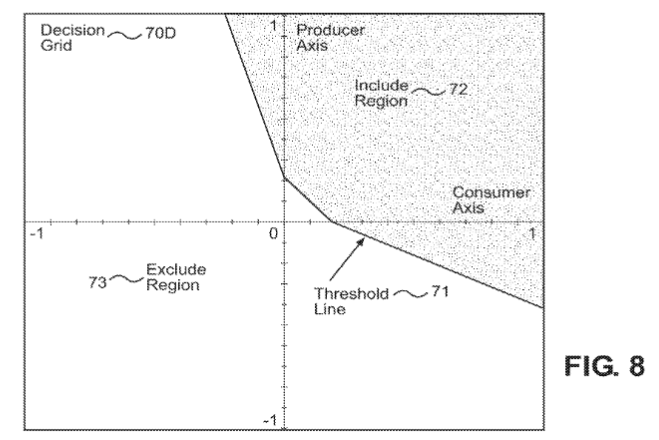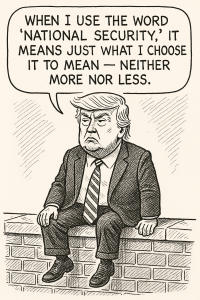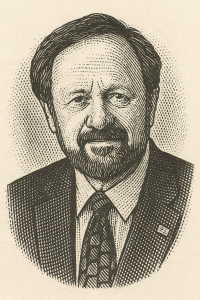by Dennis Crouch
Anthropic and a certified class of book authors have reportedly reached a class-wide settlement in Bartz v. Anthropic PBC, the Northern District of California case challenging the company’s ingestion of millions of books as training data to build Claude. The parties filed a notice on August 26, 2025, stating that they executed a binding term sheet and will seek preliminary approval in early September. The procedural posture reveals two critical features: (1) Judge Alsup’s June order finding that training on lawfully obtained books constituted fair use as a matter of law; and (2) his conclusion that Anthropic’s acquisition and storage of “pirated” works in a central library could constitute infringement—potentially exposing the company to staggering statutory damages.
The settlement averts that trial (and class certification appeal) but not the broader policy questions surrounding AI training and copyright. Judge Alsup’s analysis demonstrates why fair use isn’t a blanket defense for LLM development. While he granted summary judgment for Anthropic on training with lawfully obtained copies, he distinguished between “training” and maintaining a “shadow library” as separate uses under copyright law. This distinction matters: even where certain training uses qualify as fair use, developers remain exposed to infringement claims based on how they acquire and store training materials. The ruling reinforces that fair use under 17 U.S.C. § 107 requires a fact-specific, work-by-work analysis—not a categorical exemption for AI development.
The Evolving Policy Landscape
The settlement occurs against a shifting federal backdrop on AI and copyright policy. Earlier this year, the U.S. Copyright Office released a pre-publication report concluding that many scraping-based training regimes would constitute infringement absent explicit permission from rightsholders. However, the day after the report’s release, President Trump removed Register of Copyrights Shira Perlmutter – a move I interpret as partially reflecting the administration’s prioritization of AI development over copyright enforcement concerns.
This policy tension raises fundamental questions about the appropriate balance between innovation incentives and authorial rights. One way to frame current developments is as an effort to normalize uncompensated use of copyrighted works for AI “infrastructure.” From a constitutional perspective, if the government were to mandate or effectively authorize such uncompensated use, this might constitute a Taking requiring just compensation under the Fifth Amendment. Alternatively, one might invoke the more provocative analogy of Johnson v. M’Intosh, 21 U.S. (8 Wheat.) 543 (1823), which describes assertions of sovereign prerogative over private interests without compensation requirements. (more…)

